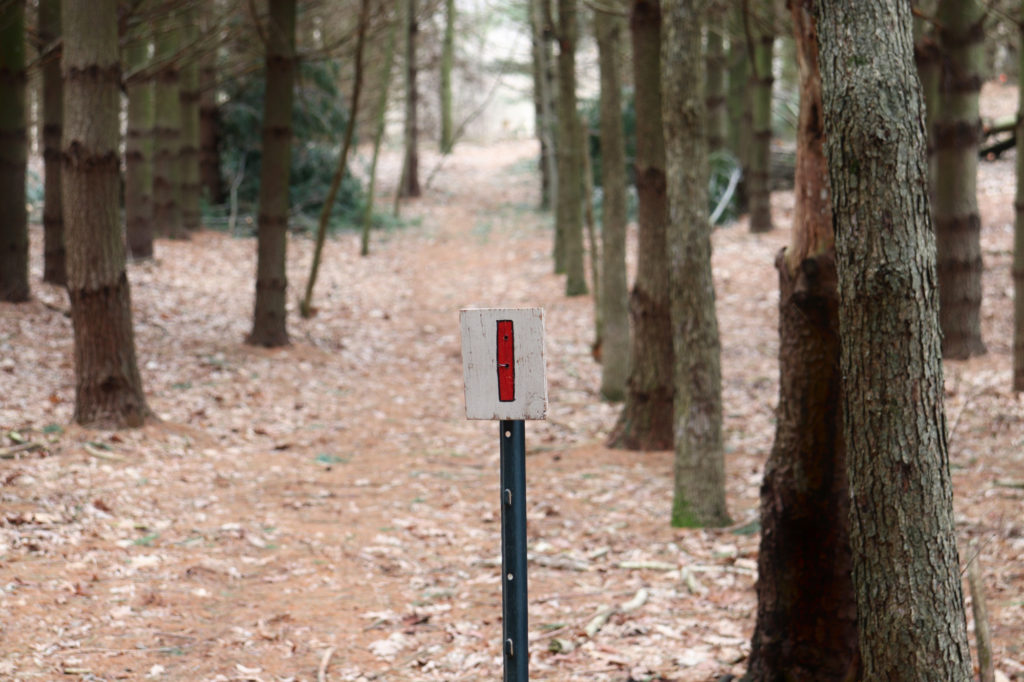
“Then Pilate took Jesus and had him flogged. The soldiers twisted together a crown of thorns and put it on his head. They clothed him in a purple robe and went up to him again and again saying, ‘Hail, O king of the Jews!’ And they struck him in the face. Once more Pilate came out and said to the Jews, ‘Look, I am bringing him out to you to let you know that I find no basis for a charge against him.’ When Jesus came out wearing the crown of thorns and the purple robe, Pilate said to them, ‘Here is the man!’
“As soon as the chief priests and the officials saw him, they shouted, ‘Crucify! Crucify!’ But Pilate answered, ‘You take him and crucify him. As for me, I find no basis for a charge against him.” (John 19:1-6)
“Let us look at some of the people who brought Jesus of Nazareth to crucifixion. They were not monsters, but ordinary men and women like you and me.
Pilate receives most of the blame for Jesus’ death, and yet Pilate didn’t want to crucify the man. Why did Pilate condemn Jesus? Because Pilate was a coward. He cared more about his comfortable position than he did about justice…
And Caiaphas, was he such a monster? Far from it. He was the admired and revered religious leader of the most religious people in that ancient world. He was the High Priest. His personal habits were impeccable. He was a devout and sincerely religious man. Why did he seek to have Jesus condemned? He did it for the simple reason that he was too rigid. He thought he had to protect God from this man, thought he had to protect the Jewish faith, and so he said: ‘It is good for one man to die instead of a nation being destroyed.’ Caiaphas’ essential flaw was that he thought he had the whole truth…
Why did Judas betray his master? He wasn’t interested in the thirty pieces of silver, at least not primarily. Judas had wanted Jesus to call upon heavenly powers, to take control of the situation and throw the Romans out of Palestine. When he failed to do this, Judas no longer wanted anything to do with him. Judas’ fault was that he couldn’t wait…
Then there was the nameless carpenter who made the cross. He was a skilled workman. He knew full well what the purpose of that cross was. If you questioned him he probably would have said: ‘But I am a poor man who must make a living. If other men use it for ill, is it my fault?’ So say all of us who pursue jobs which add nothing to human welfare or which hurt some people…
These are the things that crucified Jesus on Friday in Passover week A.D. 29. They were not wild viciousness or sadistic brutality or naked hate, but the civilized vices of cowardice, bigotry, impatience, timidity, falsehood, indifference–vices all of us share, the very vices which crucify human beings today.
The destructiveness within us can seldom be transformed until we squarely face it in ourselves. This confrontation often leads us into the pit. The empty cross is planted there to remind us that suffering is real but not the end, that victory still is possible if we strive on.”
(Morton T. Kelesy, from The Cross: Meditations on the Seven Last Words of Christ)
Prayer of Praise: “I adore you, O Christ, and I bless you, because by your holy cross you have redeemed the world.”
